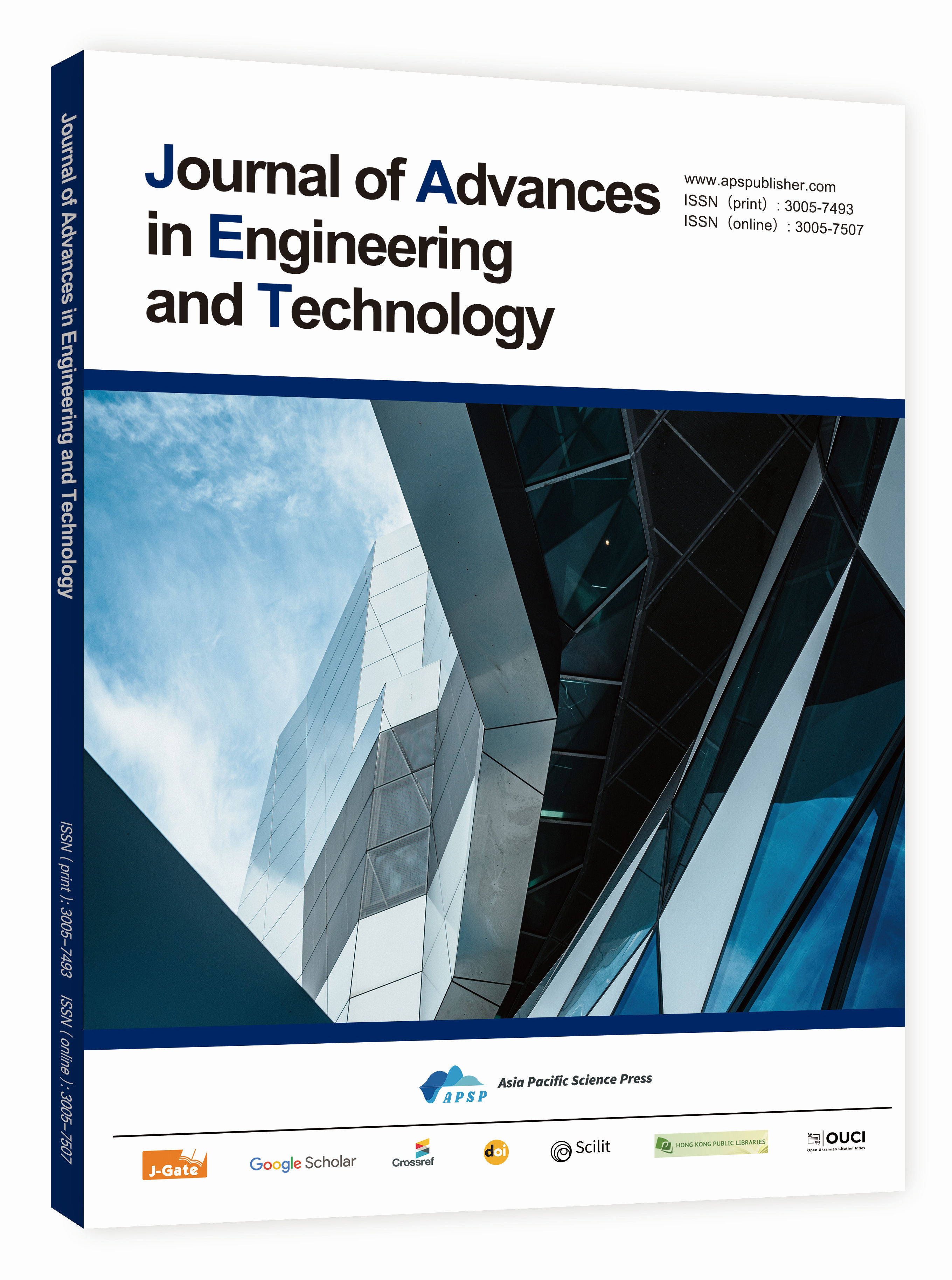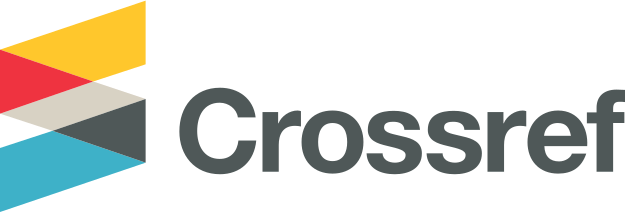Differential Dynamics Modeling and Simulation Analysis of Multi-Agent Cooperative Motion
DOI:
https://doi.org/10.62177/jaet.v2i1.151Keywords:
Multi-agent Systems, Cooperative Motion, Differential Dynamics Model, Model Stability, Follower AlgorithmAbstract
With the widespread application of multi-agent systems (MASs) in fields such as drone formations, autonomous driving, and robotic swarms, achieving efficient collaboration and stable motion among agents has become a key research focus. This study begins by describing the vertices of agents relative to the formation centroid to enable collision avoidance and formation shape tracking control. Using the Lyapunov direct method, a heat-equation-based collective dynamics model for multi-agent systems is established, providing stability criteria for the model and a leader-follower algorithm. The model enables the transformation from continuous multi-agent systems to discrete systems, completing the cooperative motion of real multi-agent systems. Simulation analysis verifies the effectiveness of the proposed model and control strategy. In a typical simulation scenario, follower agents achieve consensus with leader agents within approximately 10 seconds, with the number of path nodes reduced to just six, zero obstacle collisions, and a computation time of only 49.6 seconds. The proposed control method significantly enhances the cooperative efficiency and motion stability of multi-agent systems under limited information exchange and complex environmental conditions, offering robust theoretical support for the collaborative control of future intelligent systems.
Downloads
References
Amirkhani A, Barshooi A H. Consensus in multi-agent systems: a review[J]. Artificial Intelligence Review, 2022, 55(5): 3897-3935. DOI: https://doi.org/10.1007/s10462-021-10097-x
Wang J, Hong Y, Wang J, et al. Cooperative and competitive multi-agent systems: From optimization to games[J]. IEEE/CAA Journal of Automatica Sinica, 2022, 9(5): 763-783. DOI: https://doi.org/10.1109/JAS.2022.105506
Bao G, Ma L, Yi X. Recent advances on cooperative control of heterogeneous multi-agent systems subject to constraints: A survey[J]. Systems Science & Control Engineering, 2022, 10(1): 539-551. DOI: https://doi.org/10.1080/21642583.2022.2074169
Ren H, Wang Y, Liu M, et al. An optimal estimation framework of multi-agent systems with random transport protocol[J]. IEEE Transactions on Signal Processing, 2022, 70: 2548-2559. DOI: https://doi.org/10.1109/TSP.2022.3175020
Liu Y, Liu J, He Z, et al. A survey of multi-agent systems on distributed formation control[J]. Unmanned Systems, 2024, 12(05): 913-926. DOI: https://doi.org/10.1142/S2301385024500274
Yu C, Velu A, Vinitsky E, et al. The surprising effectiveness of ppo in cooperative multi-agent games[J]. Advances in Neural Information Processing Systems, 2022, 35: 24611-24624.
Fang Z, Jiang D, Huang J, et al. Autonomous underwater vehicle formation control and obstacle avoidance using multi-agent generative adversarial imitation learning[J]. Ocean Engineering, 2022, 262: 112182. DOI: https://doi.org/10.1016/j.oceaneng.2022.112182
Li J, Shi H, Guo Y, et al. Tragcan: Trajectory prediction of heterogeneous traffic agents in iov systems[J]. IEEE Internet of Things Journal, 2022, 10(8): 7100-7113. DOI: https://doi.org/10.1109/JIOT.2022.3228818
Downloads
How to Cite
Issue
Section
License
Copyright (c) 2025 Shao Qiang

This work is licensed under a Creative Commons Attribution-NonCommercial 4.0 International License.















